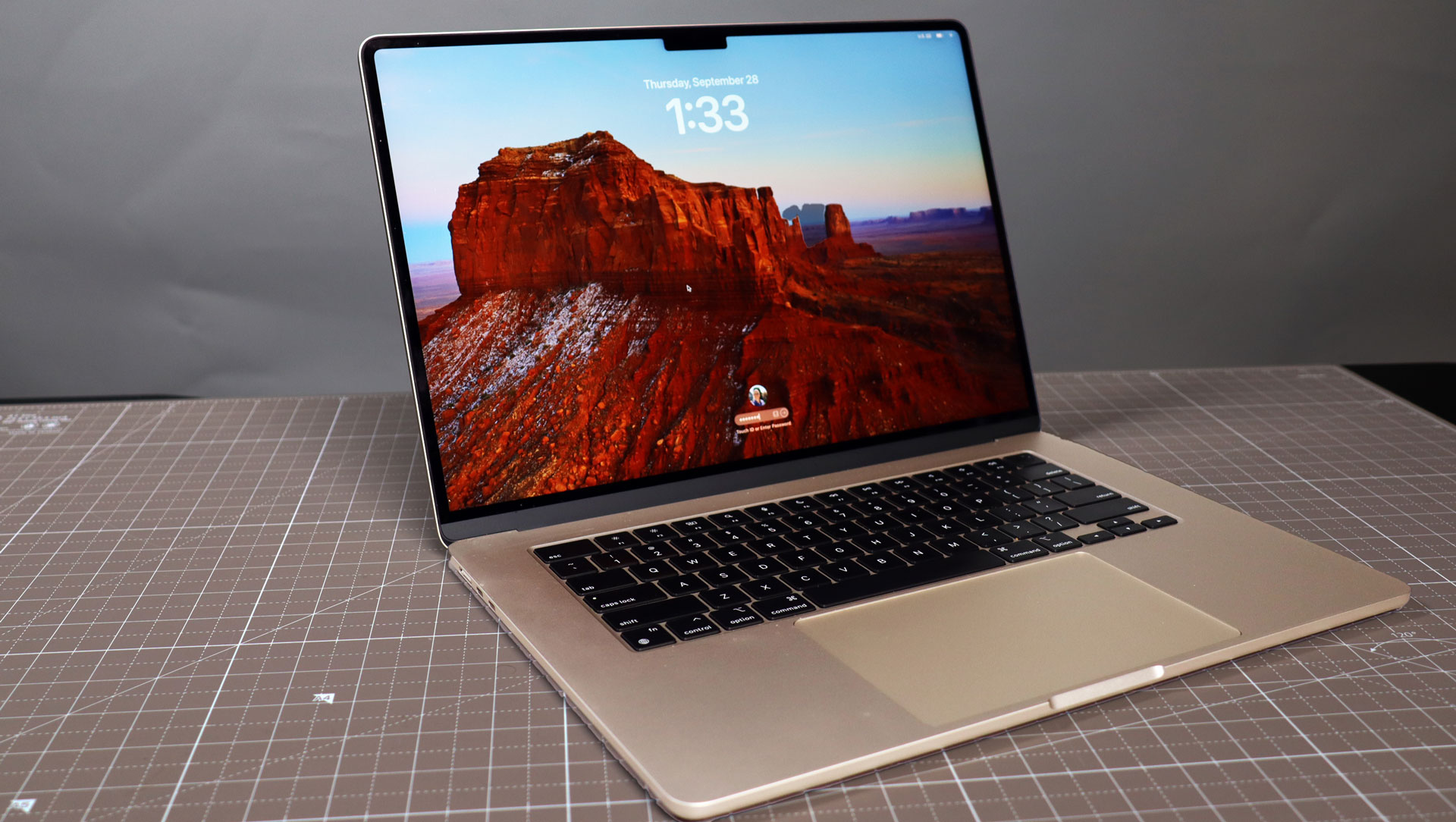A new macOS is upon us, macOS Sonoma, and unfortunately it’s come with a new bundle of software problems for users. The latest of these is Google Chrome not working for some users when in full screen mode on macOS.
While Apple would rather that macOS users use its own web browser, Safari, many users prefer to use Google’s popular alternative, Chrome. However, it seems that some users have been encountering problems like tabs freezing, and parts of the screen or the whole browser becoming unresponsive. According to PiunikaWeb, this problem has also been reportedly happening with the previous generation of macOS, Ventura. This suggests that the problem actually comes from Google’s end and that update M118 for Google Chrome is to blame.
Users have been less than satisfied with Chrome’s macOS performance with these types of glitches happening frequently, forcing them to close and reopen Chrome, potentially losing their session. The regular recurrence is what makes the problem especially frustrating. When the Chrome window or tab becomes unresponsive, users report that they can’t interact with parts of the screen such as tabs and buttons at all.

Fixes you can try if your Chrome isn’t working
This seems to happen more often when Chrome is in full-screen mode, so one workaround is to just avoid using Chrome on macOS in full-screen mode. This isn’t an ideal solution for people who want (or need) to use Chrome in full screen mode, however. Not all hope is lost, because there are a couple things you can try to see if they remedy the problem
The first thing you can try is to make sure that you have the latest version of Chrome:
1. Enter chrome://settings/help in your Chrome address bar (or you navigate to this from your menu which can be found by clicking the three-dot icon at the top right corner of your browser).
2. Check what version of Chrome you are running (this should be visible).
3. If any updates had become available, your browser should have installed them and what’s left is to restart your browser. Click Relaunch to update/Relaunch.
Simply updating your browser could help, and if Google has developed any patches for the issue, they will be applied.
If the above doesn’t work, you can try checking that you have the latest macOS version and updating it if you don’t. Some users have found that applying any macOS update and relaunching Chrome resolved the issue when the above approach didn’t help.
If none of these solutions work for you, it might be best to use a different browser until Google works out a further solution for users to try. You can try Apple’s own Safari, Microsoft’s Edge (which is built on Chromium, and is available for macOS), or FireFox. Make sure you check out our rundown of the best web browsers you can use in 2023.
It looks like Google knows about this glitch and it’s developing a solution, and it’s suggested that users don’t use full-screen while in Google Chrome for the time being. We expect that the patch for the problem will be ready pretty quickly as Google is usually pretty efficient at addressing problems once they’re known.
Hopefully one of the shorter fixes helps you fix the issue, but if not, don’t worry – it should be patched up in no time. If full-screen mode is fundamental to your being, then maybe you’ll consider checking out a new browser, even just to compare and contrast, and see what else is out there.




